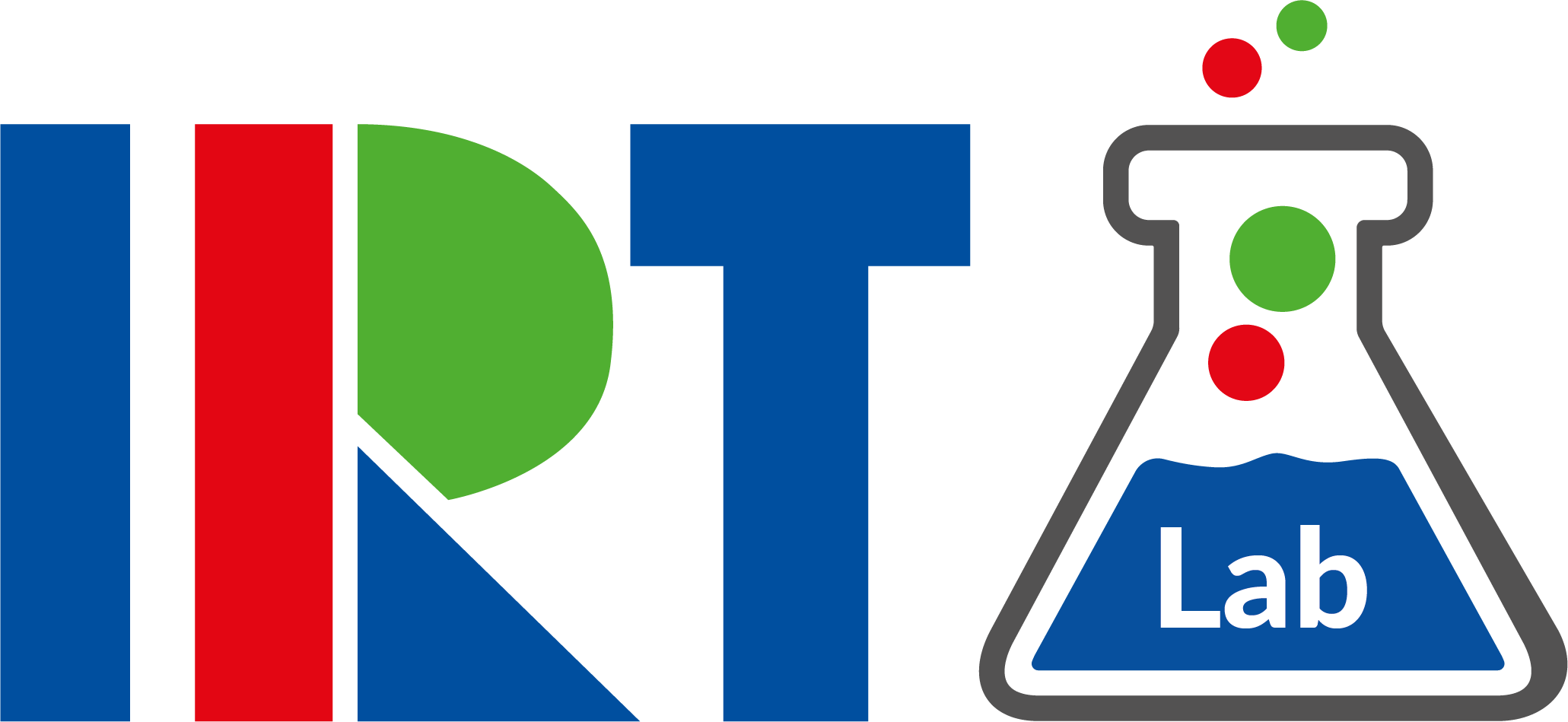
Users of media platforms are used to watch high quality video content over the internet, since many media platforms emerged that deliver high quality video content anytime, anywhere and on any device with intuitive applications. These platforms, like YouTube, Netlifx or Facebook have set the standard of video streaming very high. And this high standard has let to high expectations by the users: A media portal that provides poor Quality of Service (QoS) and a bad user experience leads to frustration and distrust.
Looking at the technical side of video streaming, delivering a high quality media asset over the internet is quite a challenge with many pitfalls. Ranging from the video encoding, the delivery over specialized Content-Delivery-Networks (CDN) to the playback and decoding on the users devices. Any of these pitfalls can lead to technical problems and disappoint the users expectations. To avoid disappointment and to provide a good video streaming experience, it is inevitable to measure the QoS and detect failures and playback problems along the delivery chain. By knowing the failures and problems, the overall streaming quality, QoS and user experience can be increased constantly.
This is where Argos comes in. Argos is a tool, developed by IRT, that is capable to measure the streaming quality, QoS and playback failures of each media stream where it matters the most: On the user’s device. By collecting, processing and storing this QoS data of each device in real time, a profound insight about the general QoS of the whole platform can be provided. On the basis of this data, streaming problems can be erased, pitfalls avoided and the users experience increased.
But collecting data on users devices is critical, as many people don’t want their personal and private data to be collected. This is why Argos takes extra care about the data that is collected and the users privacy by design. Already on the device, only anonymized QoS is gathered that hold no reference to the user itself. Furthermore, only necessary data is collected, following the principal of data minimization. These characteristics, along with other efforts to protect users privacy like the possibility to opt-out or the encrypted transfer of the data, makes Argos fully compliant to the European General Data Protection Regulation (GDPR).
How does it work?
On the technical side, Argos provides a chain of components, that collect, process, store and present QoS data as shown in the following figure.

Argos Data Flow
To be able to collect QoS data on the device, an Argos plugin needs to be integrated into the application. This piece of software is then loaded within the application onto the device and collects QoS data of each media stream.
Already on the device, the data will be anonymized and after the collection send, in so called Beacons, to the Argos server infrastructure. The transmission takes place on a periodically basis and is always encrypted.
The Argos servers process, enrich and store the data of all devices in real time. The enrichment process includes the derivation of the devices approximate geolocation on basis of the anonymized IP-address. Therefore, the IP-address will be shortened by the last octet and afterwards used by specialized databases to receive a rough estimation of the location of the stream. Finally, only the geolocation data is stored and the anonymized IP-address discarded.
The Argos servers are hosted on the Microsoft Azure Cloud Germany. A scalable cloud infrastructure is used, as the amount of QoS data varies with the number of concurrent media streams. For example during the primetime, a lot of media content is streamed and therefore a lot of QoS data is collected. Whereas during the nighttimes, the amount of collected data decreases heavily. By using a scalable infrastructure, the processing power can be increased and decreased on the amount of data that is processed. Furthermore, the scalability of the cloud enables Argos to provide real time insights even during high peaks of concurrent streams.
Besides the technical flexibility of the infrastructure, an other reason why Argos is hosted on the Microsoft Azure Cloud Germany is that all data centers are located in Germany and operated by the german company T-Systems. This operation structure ensures that the data itself, but also the company operating the data center are subject to German and European data regulation laws.
Capabilities
Argos is able to measure the QoS of a wide variety of common streaming technologies like Progressive Download, HLS, MPEG DASH or CMAF, and different device groups, like HTML5 and HbbTV Browsers, Android or iOS devices. Furthermore, on demand and live media content is supported.
But besides the collection of QoS data on the device, also performance data of different CDNs can be collected with Argos. This enables the provider of the media content to use different CDNs and evaluate the performance of each CDN in realtime. Based on this data, a multi-CDN scenario can be established that enables the dynamic switching between different CDNs in real time.
Demonstration
The following Argos Demo Portal can be used to explore the capabilites of Argos. Here, a real time dashboard is provided that shows QoS data which can be searched and analyzed. Please note, that the Argos Demo Portal only presents randomly generated data that is not produced by real devices.
- Portal: Argos Demo Portal
- User: demoUser@argosdata.io
- Password: UurX9UjXp7cNakRF
If you want more information about this project, feel free to contact us at argos@irt.de.

